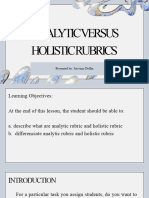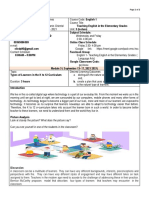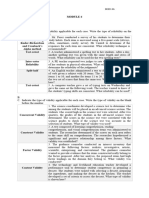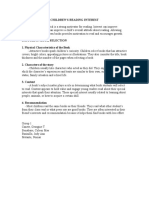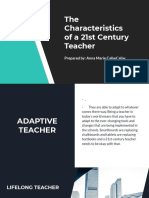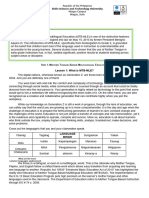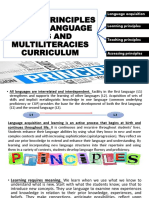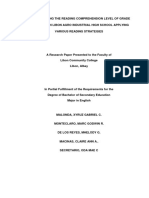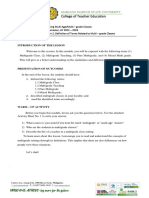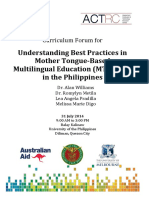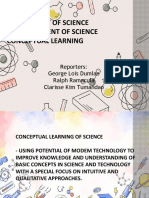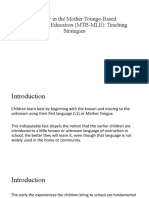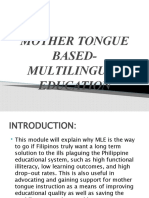0% found this document useful (0 votes)
520 views12 pagesSc14-Report-Chapter1-Soft Copy.
This chapter discusses engaging teachers in teaching children's literature. It provides an overview of the K-12 English curriculum in the Philippines and its objectives to improve students' language skills. It also outlines the literature program and competencies students are expected to develop at different grade levels, including being able to analyze texts and identify literary elements. The chapter then discusses the implications of pedagogy for teaching literature, explaining different genres of children's literature like picture books, storybooks, folktales, and realistic fiction. It emphasizes the importance of teachers adapting their strategies based on theories of learning and students' needs.
Uploaded by
Lorzano Krezel T.Copyright
© © All Rights Reserved
We take content rights seriously. If you suspect this is your content, claim it here.
Available Formats
Download as DOCX, PDF, TXT or read online on Scribd
0% found this document useful (0 votes)
520 views12 pagesSc14-Report-Chapter1-Soft Copy.
This chapter discusses engaging teachers in teaching children's literature. It provides an overview of the K-12 English curriculum in the Philippines and its objectives to improve students' language skills. It also outlines the literature program and competencies students are expected to develop at different grade levels, including being able to analyze texts and identify literary elements. The chapter then discusses the implications of pedagogy for teaching literature, explaining different genres of children's literature like picture books, storybooks, folktales, and realistic fiction. It emphasizes the importance of teachers adapting their strategies based on theories of learning and students' needs.
Uploaded by
Lorzano Krezel T.Copyright
© © All Rights Reserved
We take content rights seriously. If you suspect this is your content, claim it here.
Available Formats
Download as DOCX, PDF, TXT or read online on Scribd
/ 12





